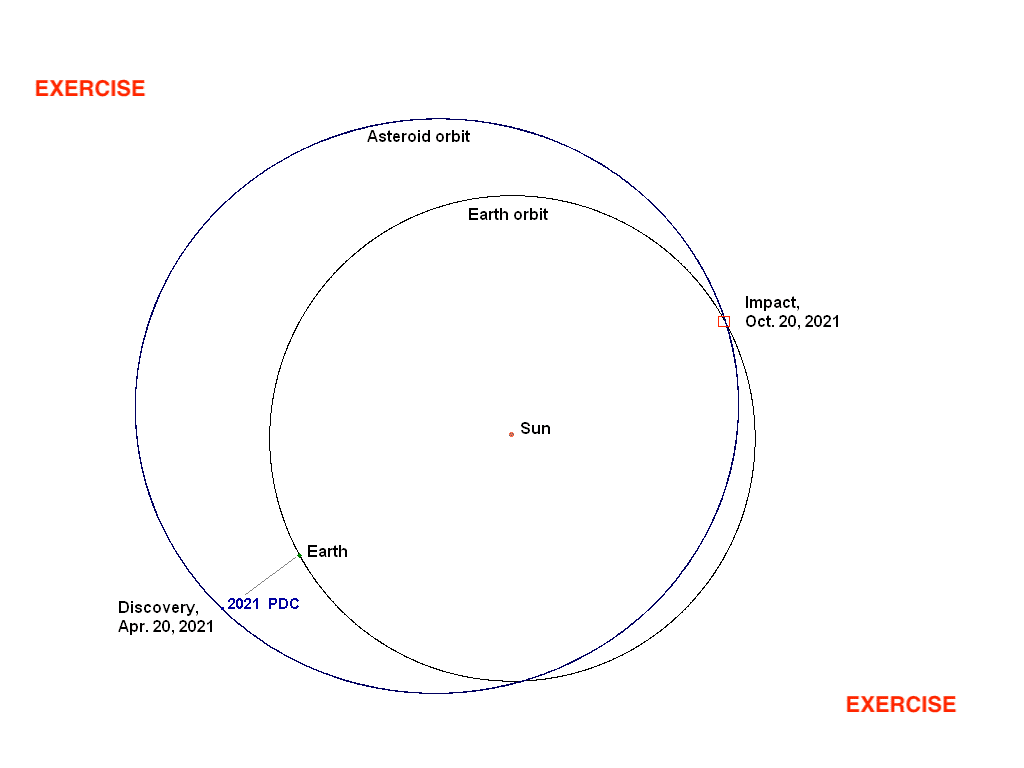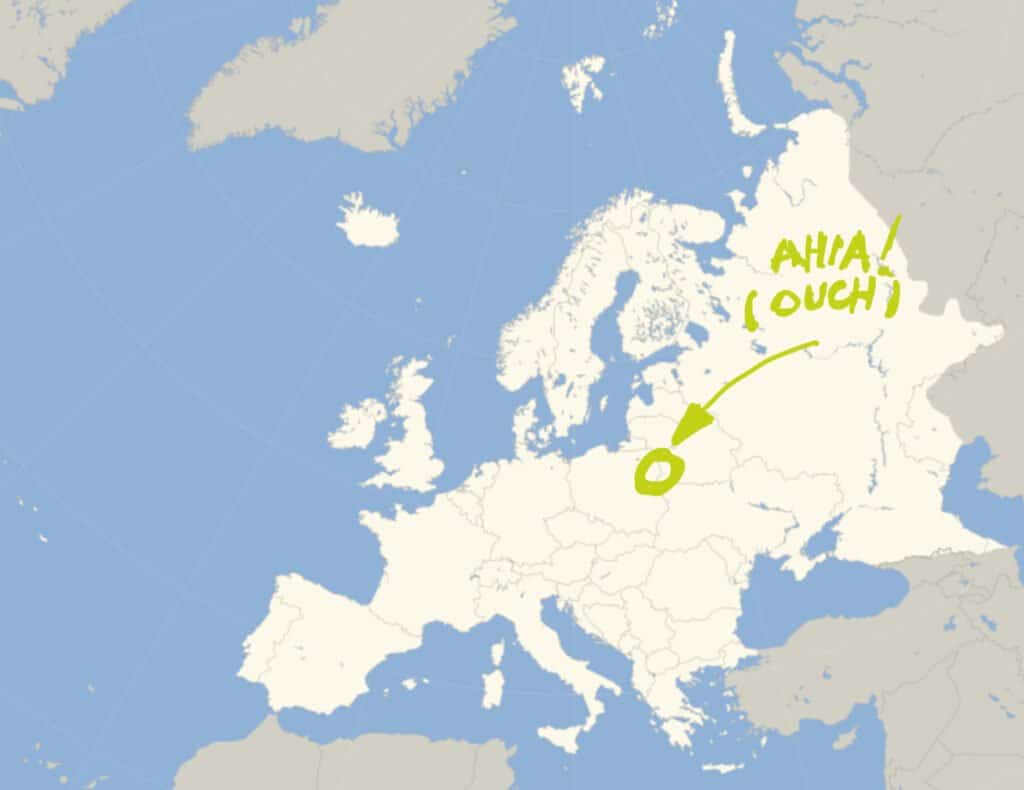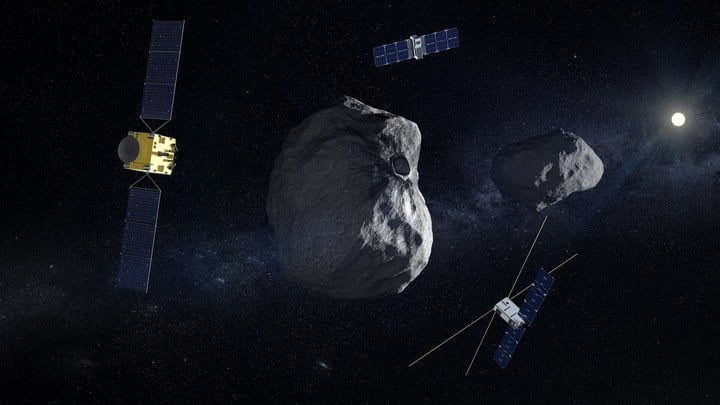This week, as you will know if you read about it here or around, space agencies around the world have come together to figure out how to respond to the eventuality that a large asteroid hits Earth.
As part of the Planetary Defense Conference, experts spent several days planning their response. At what? Well, to an imaginary scenario born from the impact of an asteroid with Europe. An asteroid capable of destroying an area approximately 100 kilometers (60 miles) large.
Impact simulation (find the full report here)

The simulated impact asteroid had a diameter between 35 and 700 meters and was detected by the Pan-STARRS survey and subsequently monitored by the International Asteroid Warning Network.
One of the challenges of potentially dangerous asteroids is that there may be limited information about their size and exact path. Observing an incoming asteroid of this type would involve a lot of uncertainty: it could take months before space agencies can be sure of an impact on Earth, and the location of this impact.
The options available to deflect an approaching asteroid to Earth could involve minor adjustments to its path to move it away from the planet, but only if there was sufficient warning. In the scenario considered in this case, there would not have been enough time to deflect the impact. The simulated asteroid "hit" an area of the Czech Republic near the border with Germany.
Emergency management: what emerged

To understand how to handle such a situation, the researchers looked at the management of natural disasters such as hurricanes, floods and earthquakes. To say, a question to consider in such an asteroid impact scenario is not just how to conduct an emergency response in a large city, but also in more isolated rural areas.
Another topic was the need for ongoing long-term planning and preparation, and not just thinking about the months or year ahead. “A big lesson was that we need more long-term planning on how to detect, track and ultimately mitigate potentially hazardous asteroids,” he says detlef koschny, head of ESA's Planetary Defense Office in a declaration .
Simply thinking about annual or biennial planning cycles, i.e. the budgets currently set at public institutions, is not enough to deal with a risk that has been created for hundreds of millions of years.



Comments are closed.